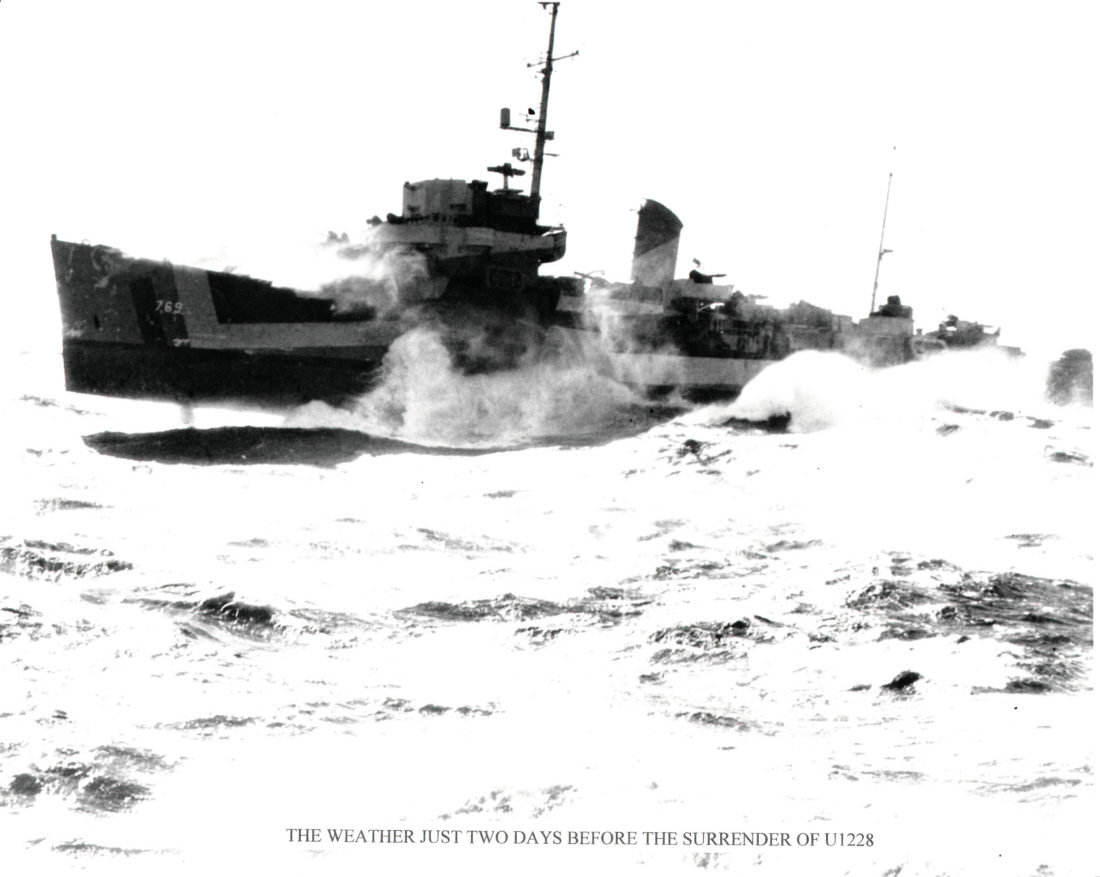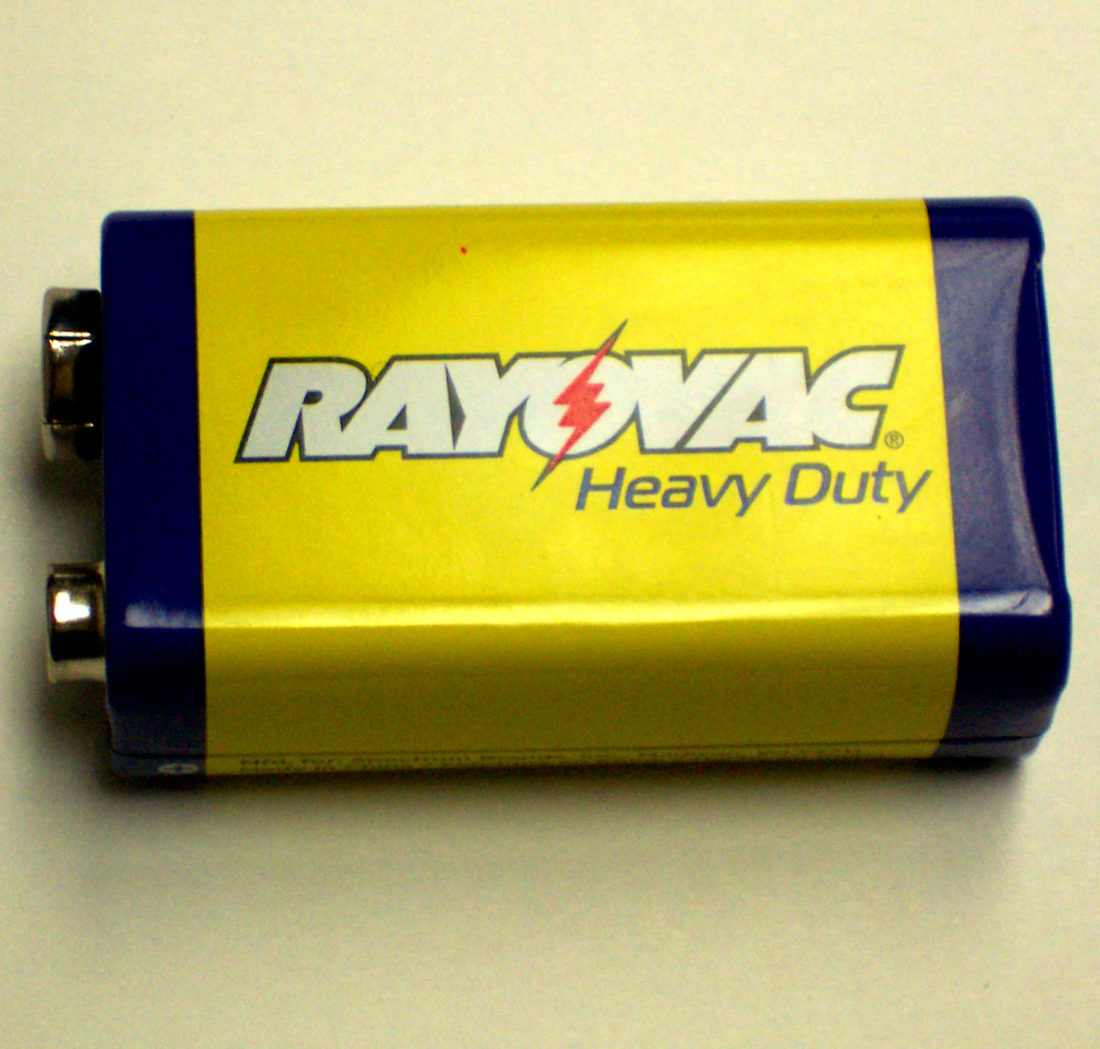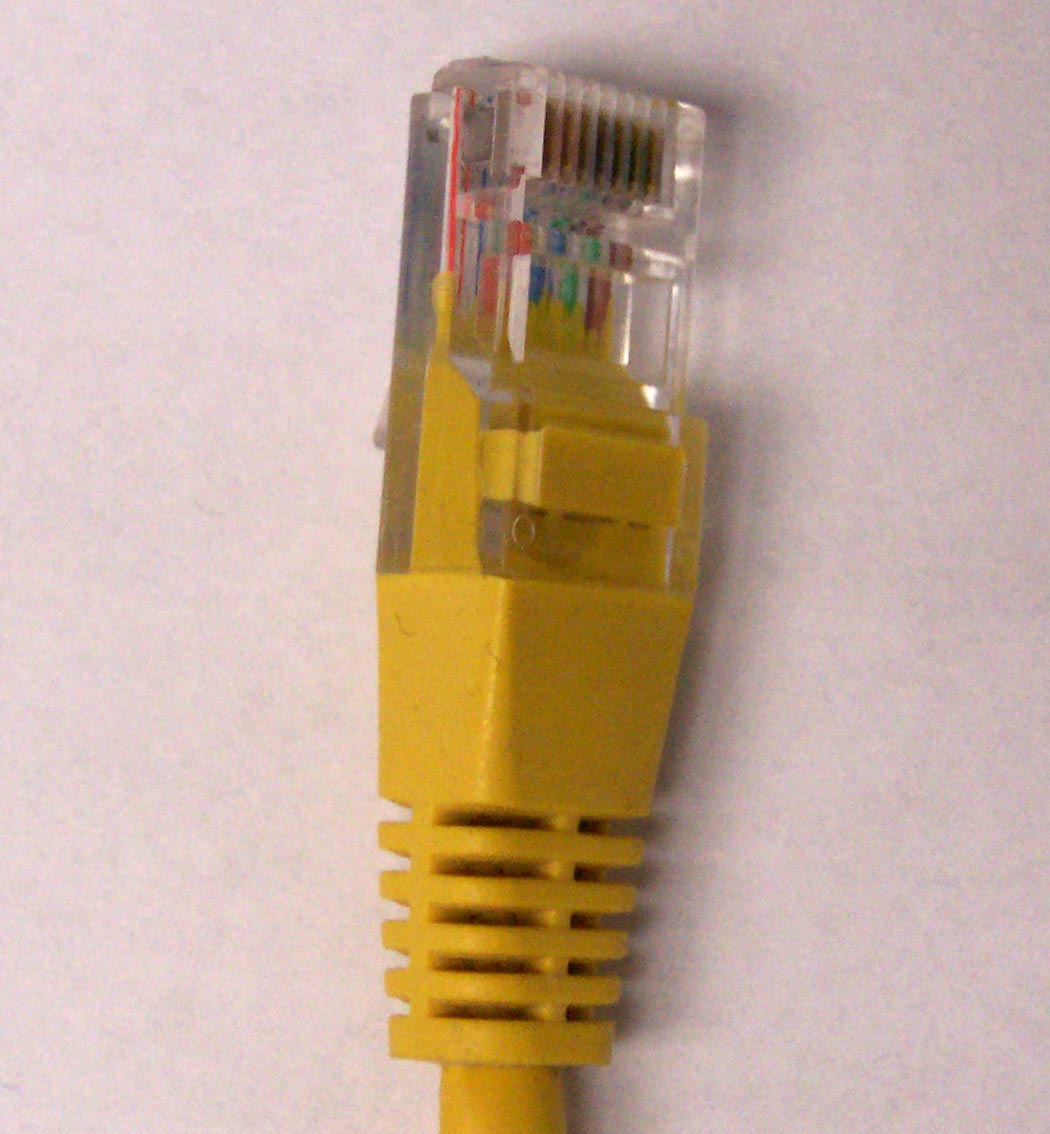
ANTENNA DESIGN TYPES
ANTENNA DESIGN TYPES
By: Don McClatchie
Since the invention of the first radio signal antenna designs have been evolving. Here is a listing of some of the many types of antennas in use today. Each type of antenna has its own special advantages and disadvantages and if you choose the one that best matches your application you will get better results in your RF transmission system. This is a list of many different types.
ADCOCK ANTENNA: It uses vertical elements for bidirectional vertically polarized signals. Used for low frequency radio ranging and direction finding.
AGI-UDA ANTENNA: It used a folded dipole active element and one or more reflectors for a directional effect.
BEVERAGE ANTENNA: This is a long wire horizontal antenna two or more wavelengths long with a 500 Ohm termination connected to a good counterpoise.
BOW TIE ANTENNA: This is also referred to as a BUTTERFLY antenna because it has two symmetrical sides and is fed from the center. It has a wide band and vertical polarization.
BROADBAND DIPOLE: See DIPOLE ANTENNA
CENTER-FED HERTZ (TUNED DOUBLET OR CENTER-FED ZEPP): This is a half wave doublet normally employing spaced feeders. Voltage fed on all even harmonics and current fed on the fundamental. Can be used for any frequency.
CLOVERLEAF ANTENNA: This is a circularly polarized wire antenna, with similar characteristics to the DIPOLE type antenna with points of low radiation in the axial direction. With four semi-triangular shapes with one end connected to a top plate and the other end connected to a lower plate it takes on the shape of a cloverleaf as viewed from the top. Fed from the middle by coaxial cable the bottom plate is the shield and the center connects to the top plate.
COAXIAL ANTENNA (SLEEVE ANTENNA): This is a vertical radiator one-half wave- length long with the upper half being a thin radiator and the bottom half of a large diameter cylinder. This is fed at the center by a coaxial type cable 70-120 Ohms. Good for fix frequency operations.
CORNER REFLECTOR: This uses two large sheets of metal as screens arranged so that their surfaces meet at an angle where the apex is behind the radiator. This is directional in the plane that bisects the angle formed by the reflector.
COSECANT-SQUARED REFLECTOR: This antenna produces a beam pattern whose signal strengths are proportional to the square of the cosecant of the angle between the horizontal and the path to the target. Mostly used in airborne radar.
CROW-FOOT ANTENNA: This uses a short three wire v-shaped flat top with a counterpoise having the same shape and size as the flat top. It is used for low frequency 200-500 Khz when it is impractical to erect a quarter-wave vertical antenna.
DIPOLE ANTENNA: This antenna consists of two long wires that are fed from the center and radiate apart in different directions. This type of antenna should be greater than a half wavelength for best results.
END-FED HERTZ (ZEPP): This is a half wavelength voltage fed radiator with tuned open wire feeders at the one end. Multi-band use where space is limited in fixed installations.
FOLDED DIPOLE: This is a center fed dipole with a second half-wave conductor connected across its ends. The conductor elements are closely spaced. With a higher impedance than the standard dipole antenna, it is used in the same applications as the dipole antenna.
FRACTAL ANTENNA: This antenna uses the mathematical fractal shape as a radiator and has a very large surface area and so will give a wide bandwidth. Used in tight areas to produce a large radiator.
FUCHS ANTENNA: This antenna is a long wire with an even number of quarter waves in length directly connected to the equipment without using a transmission line. An all band antenna best for simplicity and convenience.
GROUND-PLANE ANTENNA: This is a vertical radiator omni-directional one quarter-wave antenna mounted above a horizontal reflecting surface with an impedance of 36 Ohms or less. It produces a vertically polarized signal and is good up to about 300 Mhz.
HALF RHOMBIC (INVERTED V OR TILTED WIRE): This two-wire antenna with the legs in a vertical plane and the shape of an inverted V. The directivity is in the plane of the legs. Feeding one end with the other end open produces a bi-directional signal, while terminating the far end produces a unidirectional signal at the terminating end. This high gain antenna is used where low angle of radiation is needed.
HALF-WAVE DIPOLE: This type is the same as the DIPOLE with its length set at a half wavelength.
HELICAL ANTENNA (HELIX ANTENNA): This type is constructed as a large extended coil for the active element with a ground plane at its base. The antenna is fed from the bottom and has a circular polarization.
HORN ANTENNA: This type uses a waveguide with the open end flared into a horn or funnel shape. Normally used with a reflector to shape the beam. Mostly used for radar frequencies.
ILAS ANTENNA: These are localizer antennas by pilots to home in on airports. Using two or more square loops, the glide path is usually produced by two stacked antennas. The lower antenna is usually a horizontal loop bisected by a metal screen and supported about 6 feet off the ground. The upper antenna is a v-shaped dipole radiator with a parasitic element. Marker beacon antennas may consist of colinear dipoles or arrays. This system is no longer in use.
INVERTED-F ANTENNA: This antenna uses a ground plane connected with a shorting pin to an upper arm and the antenna is fed from the point between the ground plane and the upper arm. The upper arm has a wavelength of about one quarter wavelength with a vertical polarization.
LOG-PERIODIC DIPOLE ARRAY: This antenna type is constructed with many varying lengths of conductors all parallel to each other, but each set are alternately polarized and fed from the shortest elements.
LOG-PEROIDIC ANTENNA: This type of antenna is similar to the BOW TIE antenna with repeatable shapes that gives a wider bandwidth.
LOOP ANTENNA: This is a simple loop of wire that takes the shape of a circle, a square or any other symmetrical shape. It makes a bi-directional pattern along the plane of the loop.
MARCONI ANTENNA: A one quarter wavelength long vertical radiator with one end worked against ground or grounded. Fed at the point near ground with a low impedance line. You can increase the length by adding a loading coil to the base or center in series with the antenna or you can use capacitive loading at the top end. Best used for vertical polarization.
MONOPOLE ANTENNA: This antenna type is one half of a dipole antenna, set above a ground loop normally vertical with an omnidirectional effect.
NFC ANTENNA: Near Field Communications antennas are not so much antennas but structures that allow for mutual coupling of the magnetic fields. Used for devices in close proximity to each other like touching devices to sync up. Only a small loop is required, and no impedance matching is necessary.
OMNI-RANGE (VOR): This is made with two pairs of square-loop radiators surrounding a single square-loop radiator. Used in the past by range stations to provide navigation signals for aircraft.
PARABOLIC REFLECTOR ANTENNA: This type of antenna uses a parabolic reflector and a radiator at the focal point. The shape of the parabola controls the shape of the beam produced. Used for radar frequencies.
PARASITIC ARRAY: This uses a radiator and a reflector behind it and one or more directors in front of it. It is best used for a unidirectional pattern for either vertical or horizontal polarization. Good for all frequencies and has a high gain in one direction and very little energy in all other directions.
RECTANGULAR MICRO STRIP ANTENNA: (PATCH ANTENNA): This is an antenna type that is typically printed directly onto a PC board as copper traces and spaces. The tuning is done with by the precise dimensions of the traces. This is also known as “Microstrip Antennas”.
RHOMBIC ANTENNA: This uses four long wire radiators arrange in the form of a diamond that is fed at one end. If the opposite end is open, then the antenna is bi-directional in a path between these points, if the open end is terminated correctly then it is unidirectional in the direction of the terminated end. An advantage of 20 – 40 times the gain over that of a dipole can be achieved.
SHORT DIPOLE ANTENNA: See DIPOLE ANTENNA
SKIN ANTENNA: Used in aircraft it is made by insulating a portion of the aircraft surface. The radiating characteristics are determined by the shape and position of the insulated surface.
SPIRAL ANTENNA: This type of antenna is constructed using two conductors wound in a spiral with one element next to the other on the same plane. It is fed from the center and is wideband and circularly polarized.
STUB MAST ANTENNA: This is a vertical radiator one quarter wavelength long metallic sheath over a hardwood supporting mast. It uses a 50 Ohm feed line with the shield connected to a large ground plane surface. A wide band transmit receive antenna mostly used on older vintage aircraft.
TURNSTILE ANTENNA: This is a horizontally polarized omni-directional antenna using two half wave radiators mounted at right angles to each other in the same horizontal plane. You can increase the gain by stacking. Dipoles can be simple folded broadband types. Use for TV and FM broadcast.
VERTICAL J: A vertical one-half wavelength radiator fed at the bottom with a quarter wave matching stub. For vertical polarization and omnidirectional use and can tolerate multiple feed line impedances. Does not work well for higher frequencies above Mhz.




